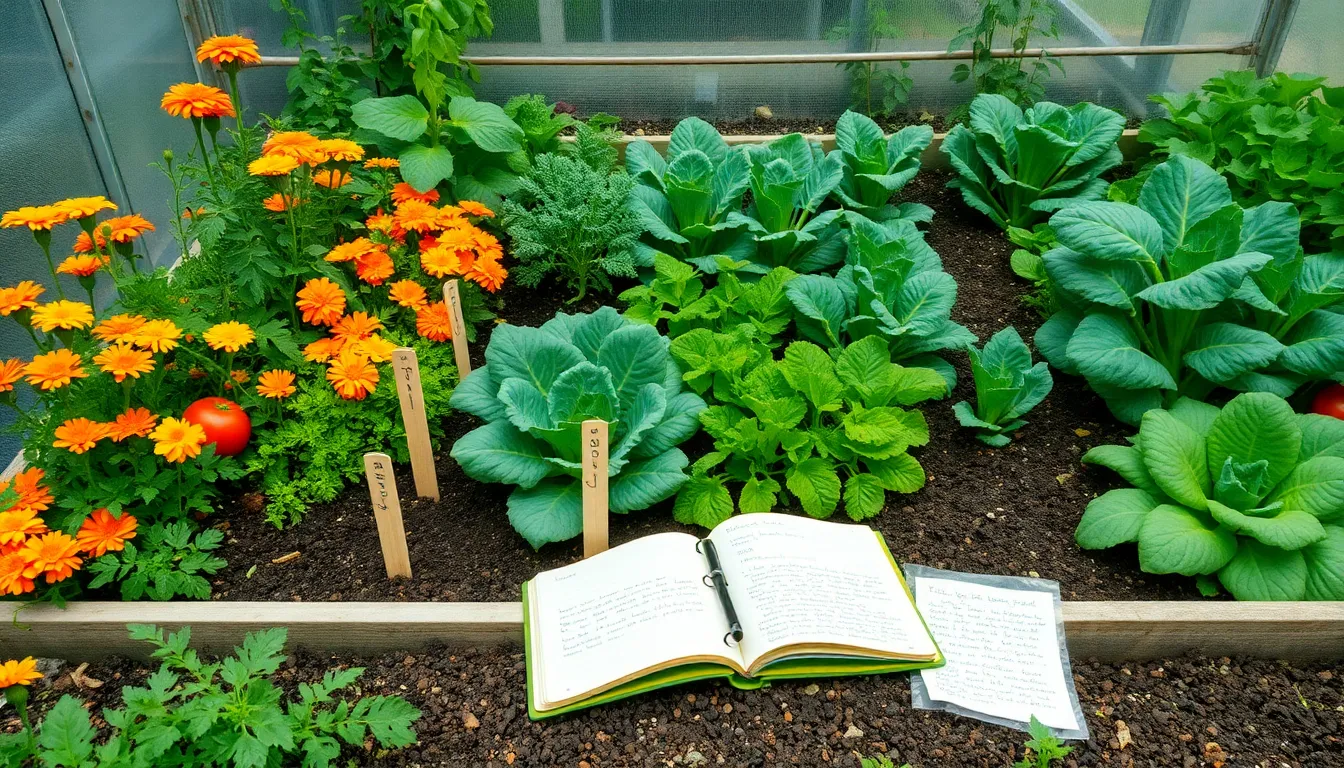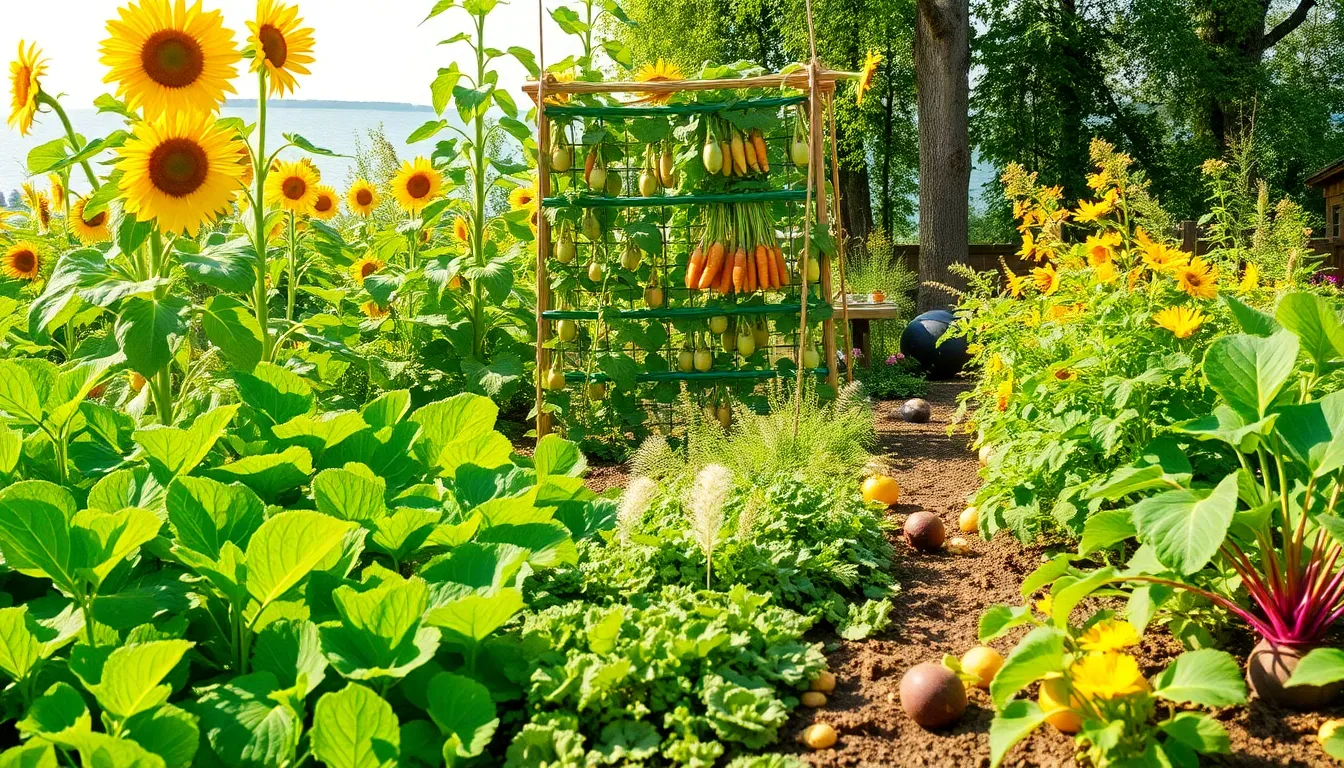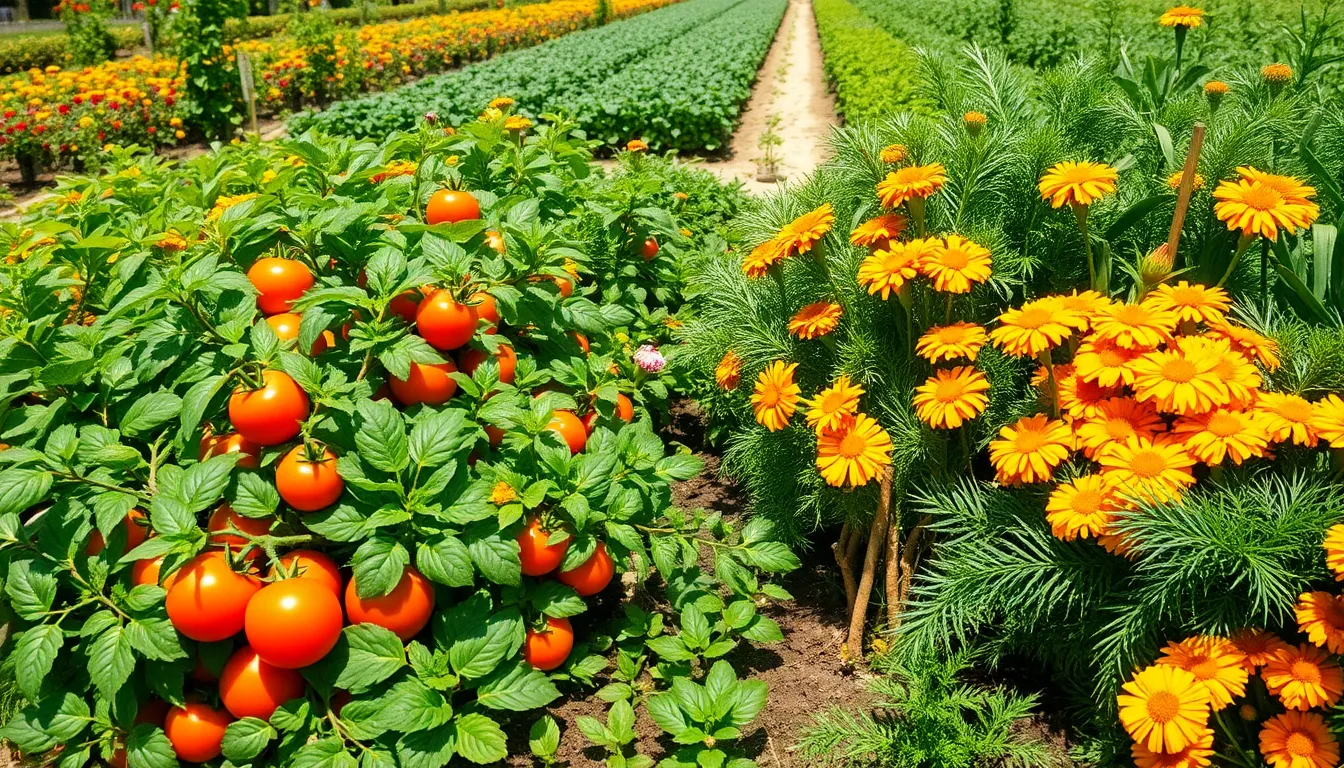Welcome to the delightful world of companion planting, where your vegetable garden becomes a harmonious community of flourishing plants. Whether you’re just dipping your toes into the gardening soil or have spent countless seasons nurturing your crops, this time-tested technique promises to elevate your gardening experience to new heights. By thoughtfully selecting plant partnerships, you’ll not only enhance the growth and flavor of your vegetables but also reduce pests and diseases naturally. This approach transforms your garden into a self-sustaining ecosystem, reducing the need for synthetic interventions.
In this article, we’ll guide you through the art and science of companion planting, breaking down the steps into easy-to-follow actions that will have your garden thriving in no time. You’ll discover which plant pairings can boost productivity and which combinations to avoid for the healthiest possible harvest. Our practical recommendations are designed to empower you, making gardening both enjoyable and successful. Get ready to unlock the secrets of nature’s synergy, enhancing your gardening practice with techniques that are as rewarding as they are effective.
Identify Compatible Vegetable Pairs
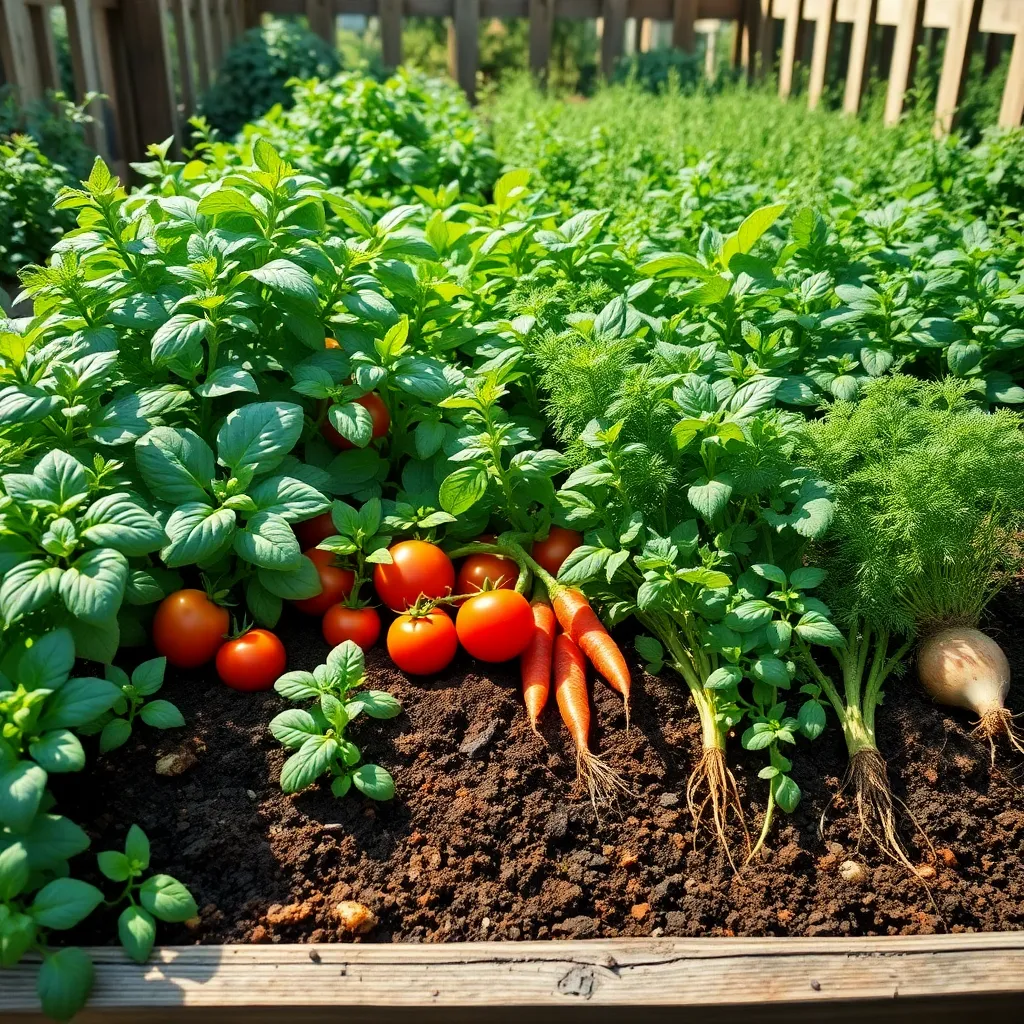
Combining vegetables that thrive together can significantly boost your garden’s productivity. For example, planting tomatoes and basil together not only enhances flavor but also helps deter pests, thanks to basil’s strong scent.
Before planting, consider the growing requirements of each vegetable, such as sunlight, soil pH, and water needs. Tomatoes prefer well-drained soil and full sun, while basil thrives in similar conditions, making them a compatible pair.
Another excellent pairing is carrots and onions, as their scents can confuse and repel common garden pests. Carrots need loose, sandy soil to develop properly, while onions require firm, well-drained soil, so ensure your soil meets these conditions.
For a more advanced tip, consider the benefits of three-sister planting, which involves corn, beans, and squash. This traditional method takes advantage of corn providing a natural trellis for beans, while squash covers the ground, reducing weeds.
Select Optimal Garden Location
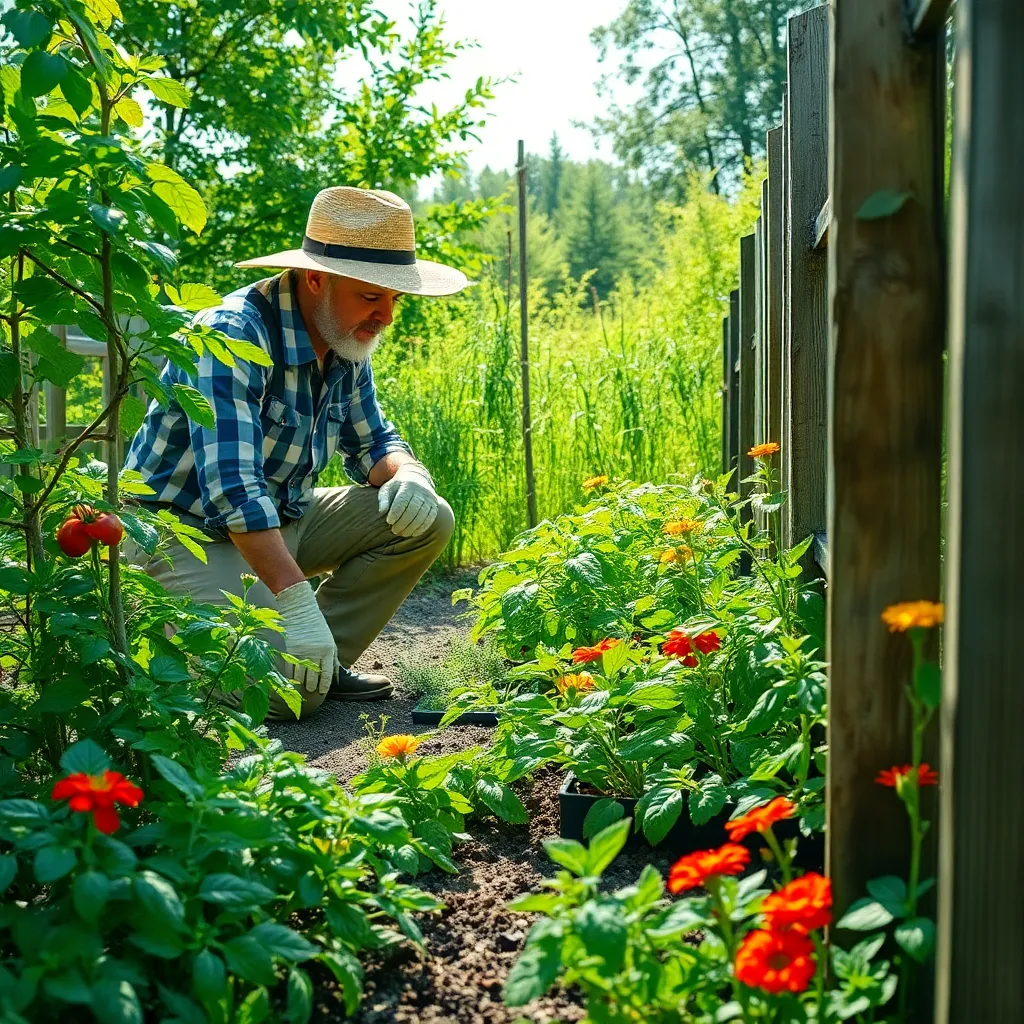
Selecting the optimal location for your garden is crucial for the success of your companion planting efforts. To start, observe your yard at different times of the day to identify areas that receive full sun, partial shade, or full shade, as different vegetables have varying sunlight requirements.
Soil quality is a key factor in choosing a garden location. Conduct a simple soil test to determine the pH level and nutrient content, ensuring it is suitable for the vegetables you plan to grow; most vegetables thrive in slightly acidic to neutral soil with a pH of 6.0 to 7.0.
Consider the proximity to a water source, as consistent watering is essential for vegetable growth. Invest in a drip irrigation system if possible, which can save time and water while ensuring your plants receive moisture evenly.
Additionally, think about accessibility and convenience when selecting a garden site. A location near your home will encourage regular maintenance and allow for quick harvesting, which is especially important for vegetables that need frequent picking like peas and beans.
Plan Companion Planting Layout
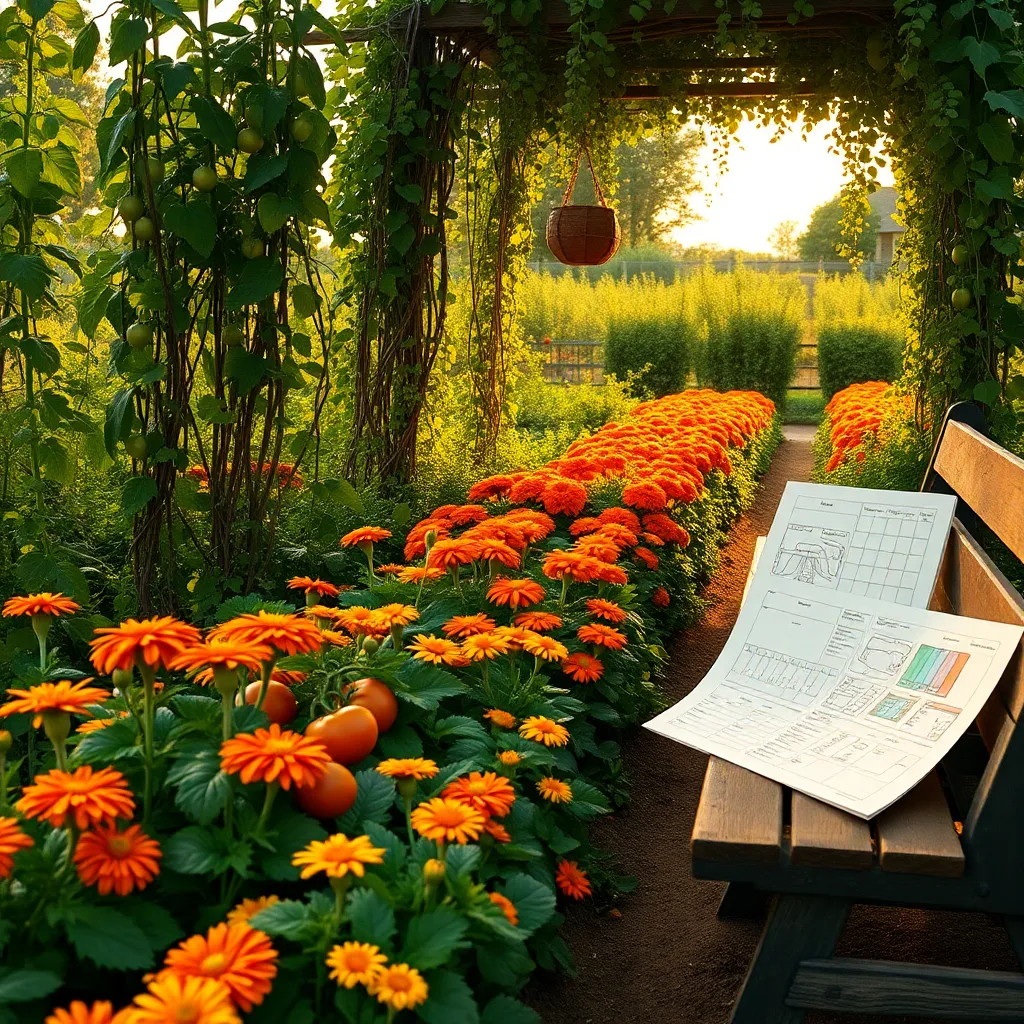
When planning your companion planting layout, start by grouping plants with similar sunlight and water requirements. Place sun-loving vegetables like tomatoes and peppers in the same area, while shade-tolerant plants such as lettuce and spinach can be grouped together.
Consider the natural symbiosis between plants to optimize growth. For instance, planting basil near tomatoes can enhance flavor and deter pests, providing a dual benefit to your garden.
Maximize space and productivity by incorporating vertical planting techniques. Use trellises or stakes for climbing plants like peas and cucumbers, allowing them to grow upwards and free up ground space for root vegetables.
To further enhance your layout, incorporate a mix of flowering plants to attract pollinators and beneficial insects. Marigolds, for example, can help repel nematodes and other garden pests while adding a splash of color.
Prepare Soil with Nutrients
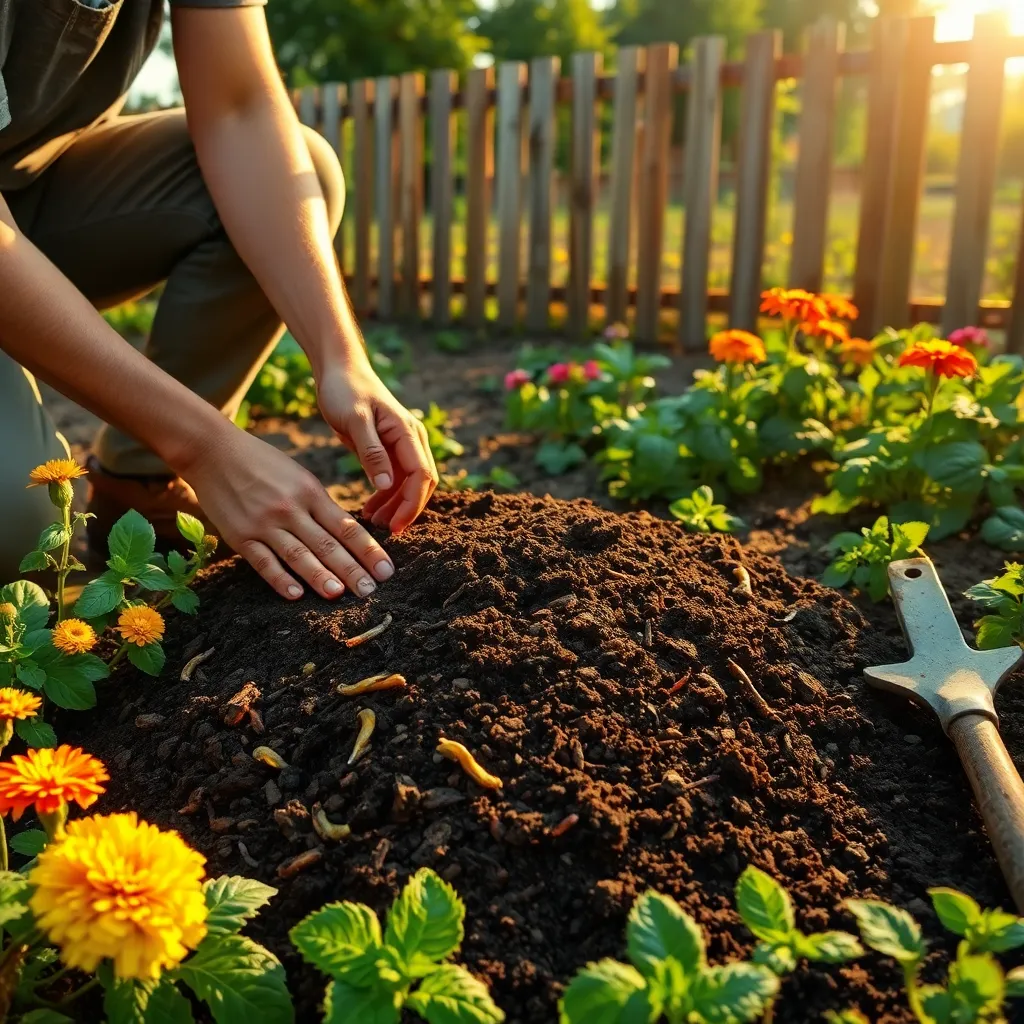
Before planting your vegetables, it’s crucial to prepare the soil with the right nutrients to support healthy growth. Start by conducting a soil test to determine its current nutrient levels and pH, which will guide you in making necessary amendments.
Amending your soil can be as simple as adding organic matter like compost or well-rotted manure. These materials not only improve soil structure but also provide essential nutrients, helping plants thrive in a balanced environment.
For gardeners looking to optimize their results, consider using specific fertilizers to target deficiencies identified by your soil test. For instance, if nitrogen is lacking, incorporating a nitrogen-rich amendment such as blood meal can boost leaf and stem growth, particularly beneficial for leafy greens.
Besides organic amendments, using cover crops like clover or vetch in the off-season can naturally enrich your soil with nutrients. These plants fix nitrogen in the soil and, when turned into the earth, enhance its overall fertility, setting the stage for robust vegetable growth.
Monitor and Maintain Plant Health
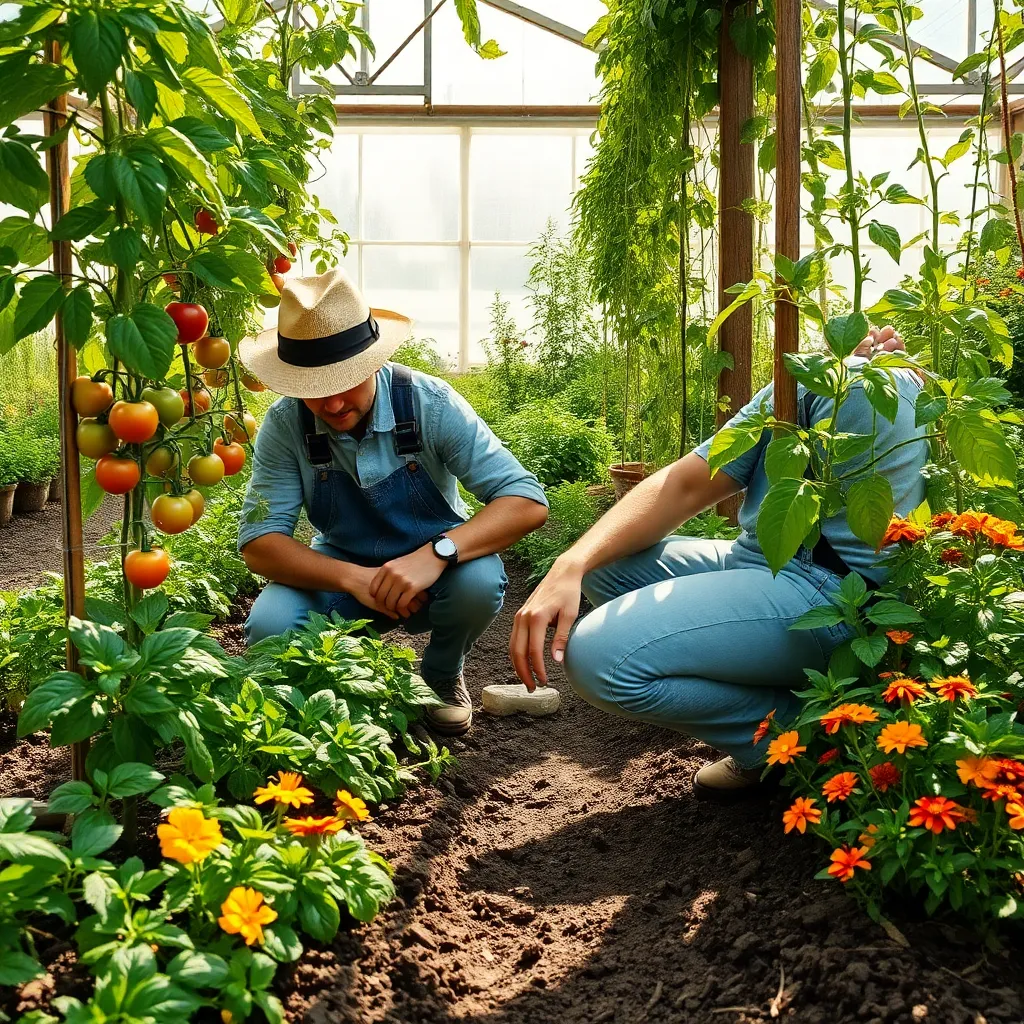
Regular monitoring of your vegetable garden is crucial for maintaining plant health. Begin by inspecting your plants at least once a week to catch any signs of disease or pests early.
Look for changes in leaf color, spots, or wilting, which can indicate nutrient deficiencies or pest issues. Prompt identification of these signs allows you to address problems before they escalate.
To maintain optimal plant health, ensure your vegetables receive adequate water. Watering should be done early in the morning, allowing foliage to dry during the day and reducing the risk of fungal infections.
Consistency in watering is key; most vegetables thrive with about one inch of water per week, either from rainfall or supplemental irrigation. For an advanced technique, consider installing a drip irrigation system to provide precise water delivery to the roots, minimizing water waste.
Fertilization is another important aspect of maintaining plant health. Use a balanced fertilizer every 4-6 weeks to supply essential nutrients, or opt for organic options like compost or fish emulsion for a more sustainable approach.
Incorporate crop rotation to prevent soil-borne diseases and nutrient depletion. Rotating crops each season ensures that no single type of vegetable depletes the soil of specific nutrients, maintaining a healthy garden ecosystem.
Conclusion: Growing Success with These Plants
In conclusion, mastering the art of companion planting for your vegetable garden involves understanding five key relationship concepts: the synergy between different plant species, the importance of spatial arrangement, the role of natural pest control, the enhancement of soil health, and the promotion of biodiversity. These principles not only foster a thriving garden but also mirror the delicate balance required in personal relationships. As you embark on your gardening journey, take the immediate step of pairing a few complementary plants in your garden plot, such as tomatoes with basil or carrots with onions, to witness firsthand the benefits of these harmonious partnerships.
To ensure you have this valuable information at your fingertips, bookmark this article as a handy guide for future reference. By doing so, you’ll be equipped to nurture both your garden and your personal relationships with wisdom and care. Remember, just as in gardening, the key to successful relationships lies in the thoughtful consideration of each participant’s needs and strengths. As you cultivate these connections, you’ll find that both your garden and your personal bonds flourish beyond your expectations.


